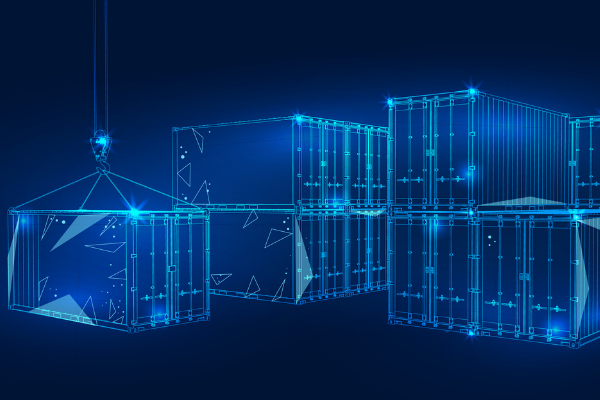13 Jan Developers are Using Kubernetes in Creative Ways: Here’s How
Developers are using Kubernetes (K8s) for a plethora of reasons. And since Kubernetes can be used to improve business outcomes, streamline processes, accelerate CI/CD, you name it — the possibilities are virtually endless. But some developers are taking advantage of the power of Kubernetes and are bringing it to an entirely new level.
From augmented reality mobile apps to artificial intelligence, there’s no stopping the mightiness of K8s. We figured it’d be interesting to take a look at how developers are currently using Kubernetes in innovative and creative ways. Maybe it will spark an idea in you.
The Creator of Pokemon Go Built the App on Kubernetes
Niantic, Inc., a software company who’s best known for their development of the augmented reality (AR) app, Pokemon Go, is one of the oldest users of Kubernetes, having worked with K8s for over 5 years. Now, Niantic’s developers are using Kubernetes as an integral part of the Pokemon Go platform to support AR and geolocation services.
“When we released Pokemon Go, everything was on Kubernetes,” Ria Bhatia, Niantic’s Senior Product Manager said. “We had to scale up really fast, because we got an unexpected amount of player usage — I think it was a really crazy time.” (Source: The New Stack)

(Giphy)
Fortunately, Kubernetes allows for the rapid scaling and extensibility of data management. Which allows Niantic to provide every app user with an individual K8s cluster enabling users to build applications on top of the app’s infrastructure. In addition to Pokemon Go, Niantic has also developed similar augmented reality apps using Kubernetes such as Harry Potter Wizards Unite.
An AI-Based Demand Forecasting System is Built on K8s & Receives Results Faster than AWS
Another software development company, MobiDev, built an artificial intelligence (AI)-based demand forecasting system to apply AI algorithms to their POS software & venue management systems. Essentially, the purpose of these AI algorithms was to identify patterns in historical sales data and make accurate predictions for the next quarter or other period of time for each customer.
How did they do it? You guessed it — by using Kubernetes. By leveraging K8s, MobiDev’s developers were enabled to develop solutions that allowed for:
- The gathering of historical data scripts on a scheduled basis
- Running their database in Kubernetes
- Implementing auto-scaling
- Providing real-time optimization of computing resources
Ultimately, MobiDev found that the AI scripts on Kubernetes returned results with accelerated speed than on AWS EMR. All the while, using less computing resources. Thus, MobiDev’s developers are using Kubernetes for their AI-based demand forecasting system to:
- Provide results faster
- Consume less computing resources
- Reduce costs of AWS billing
- Ensure stable and predictable product delivery
Bose’s Developers are Using Kubernetes to Rapidly Prototype and Deploy Services to Production
Bose’s developers are using Kubernetes to accelerate CI/CD and the time to deployment. Back in 2017, Bose was looking to adopt a microservices infrastructure to bring their products to market quickly, efficiently, and effectively. Upon extensive research, they decided to adopt K8s.
Lead Cloud Engineer at Bose, Josh West said, “We needed to provide a mechanism for developers to rapidly prototype and deploy services all the way to production pretty fast.” Now, Bose’s use of K8s enables more than 30,000 non-production deployments across dozens of microservices in addition to over 1,250 production deployments each year. That sounds like music to a developer’s ears!

(Giphy)
Final Thoughts
Developers are using Kubernetes for various reasons, but one goal remains present in all organizations who leverage K8s — to outperform and outpace the competition. Kubernetes is no longer the future, it’s now. To gain a competitive advantage, it’s critical to adopt Kubernetes and discover unique ways to leverage K8s to:
- Accelerate CI/CD
- Bring your product to market efficiently and quickly
- Stay one step ahead of the competition
ionir can help. Start your free trial of the ionir Data Services Platform for Kubernetes to jumpstart your K8s journey.






